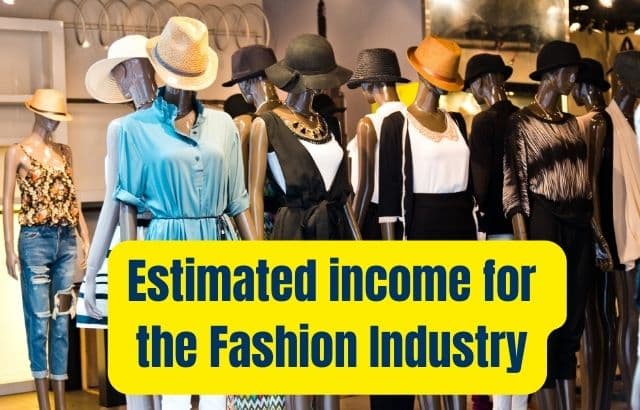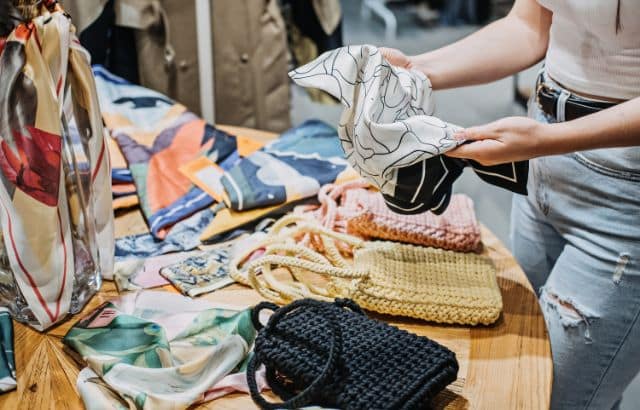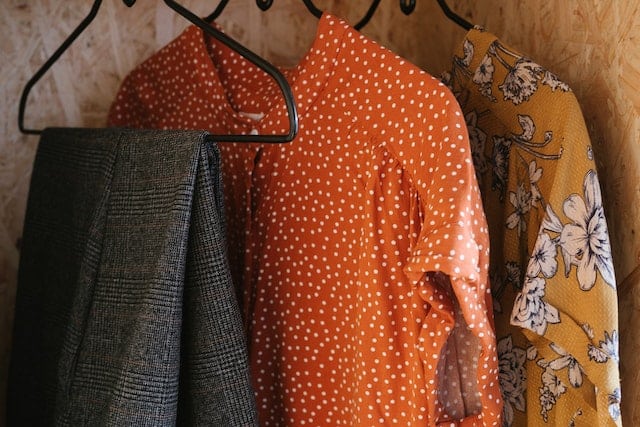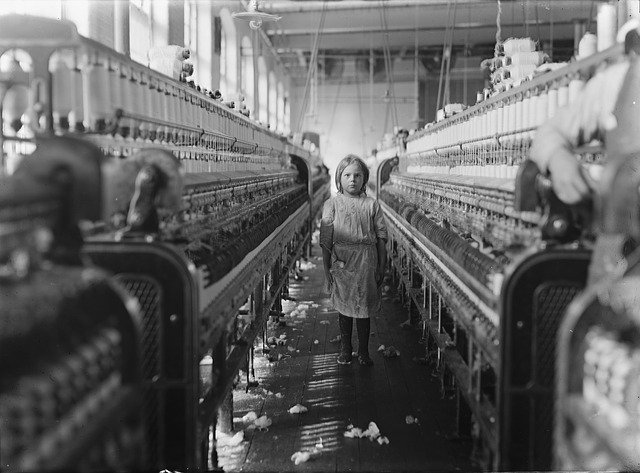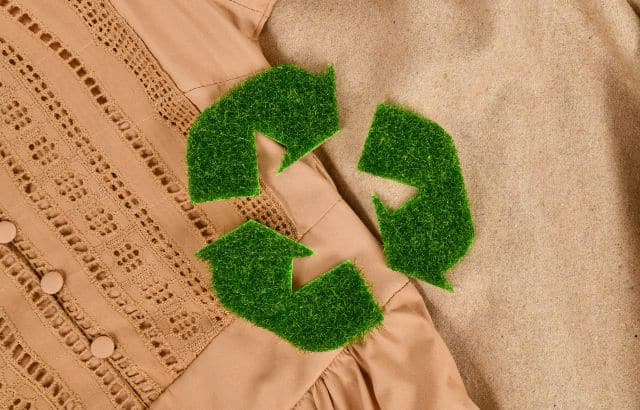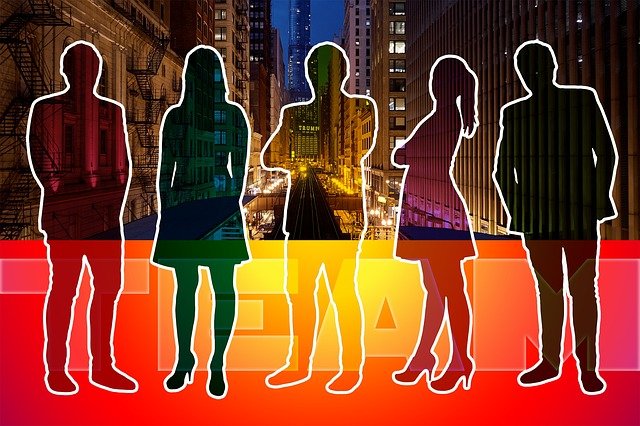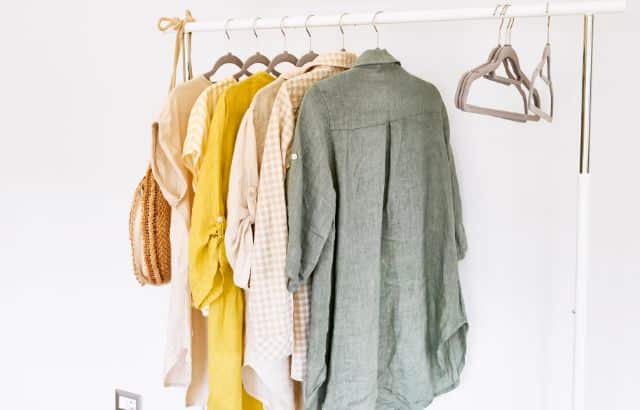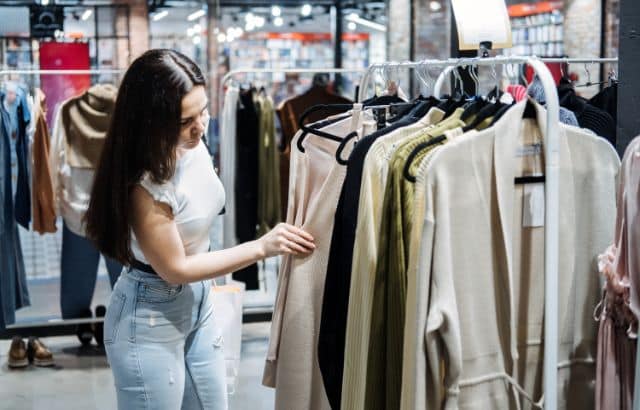Think fashion and it’s all about glamour and glitz. However, today the consumers are demanding sustainable fashion that is environmentally friendly and safeguards the interests of people who are involved in the production process. The objective is to have a clear and transparent supply chain.
Business TURNAROUND Specialist Hirav Shah can guide the small, medium and large fashion houses to reinvent and rejuvenate themselves with his business and Business TURNAROUND acumen
Fashion was once all about hi-fashion, glitz and glamour. Today, the buzz words in the fashion industry are sustainability, upcycling and recycling to make it an environment friendly industry. The fashion industry primarily consists of four levels of operations – the production of raw materials, fibres and textiles, leather and fur (of course, thanks to organisations like PETA, faux leather and faux fur is in vogue these days), the production of fashion goods by designers, manufacturers, contractors, other retail sales and various forms of advertising and promotion.
The entire fashion industry can be segmented into value market, mass market high street, mid level high street and high end high street brands. Clothing or garment industry comprises production and the life chain of clothing and garments, starting with textile industry that include producers of cotton, wool, fur and synthetic fibre, embellishment using embroidery, etc. The last step includes apparel retailers.
Italy, France, Spain and the United States top the list of countries that are high on fashion. When it comes to the most fashionable countries in the world, Italy tops the list, followed by France and the UK comes in the third place.
But today, the entire fashion industry is defined by sustainable fashion. With people becoming more aware and conscious of their sartorial choices, the demand for sustainable clothing has increased many fold. To define Sustainable fashion, it refers to clothing that is designed, manufactured, distributed and used in ways that are environmentally friendly. The focus is also on ethical fashion, a related term that is used in the conscious consumerist world. It refers broadly to clothing made in ways that value social welfare and worker rights.
Table of Contents
Exploring the Positive Impact of Sustainable Fashion on the Fashion Industry and the Planet
1) Sustainable fashion is preferred as it saves natural resources
According to a study, 97 percent of what goes into making clothes are new resources. Only 3 per cent are recycled materials. This adds to an annual resource input of 98 million tons, including oil to produce synthetic fibres, fertilisers to grow cotton and an endless list of chemicals needed to dye and finish fabric.
On the other hand, recycling fibres on the other hand tackle the issues of waste management and reduce pressure on virgin resources.
2) Carbon footprint is reduced due to sustainable fashion
The global fashion industry emits a hefty amount of greenhouse gases that are definitely not environment friendly. And due to this, they contribute massively to global warming. One of the major reasons for this is that most of our clothes are petroleum-based and made from fossil fuels including polyester, acrylic and nylon. These require more energy in the production stage than natural or recycled clothes.
Most organic fabrics such as linen, hemp, organic cotton used materials from natural or recycled fabrics that require less or no chemical treatment, little water, less energy and no fertilizers and pesticides.
3) Sustainable fashion saves animal lives
The fashion industry loves to kill for fashion. About 430 million animals are killed each year to sustain the leather industry. This is drastically cut down or nullified by sustainable fashion, whose mantra it is to save the environment.
Sustainability fashion brands use materials that are different from the traditional fabrics. For example, polyester made from ocean trash, plant-based compostable sneakers, silk created from yeast, bio-fabricated vegan wool. However, what comes as good news to the fashion industry is the alternative for leather that comes from the leaves of pineapples in the harvesting process.
4) Sustainable fashion requires less water
Fashion industry used to rely heavily on water as dyeing and finishing processes are required for all clothes. It is said that 2700 litres of water is used to make T-shirts. Cotton is usually dependent on water.
In contrast, organic cotton reduces water consumption by 91 per cent. However, for now, the consumption of organic cotton is a mere 1 per cent till date. Linen, hemp also require less water.
5) Main advantages of sustainable fashion is that it supports safer and fairer working conditions
In what can be termed as modern-day slavery, minimum wages, endless working hours, unacceptable health and safety conditions are associated with fashion industry. Added to this, verbal and physical abuse is also common in many parts of the industry.
Hence, eco-ethical brands promote humane working conditions, health care, fair wages for their workers. They try to alleviate the conditions of workers as the well-being of those involved in the industry is as important as taking care of the environment and animals.
6) Sustainable fashion is healthier for people and the planet
Fast fashion items use high doses of chemicals to end up on hangers. Around 8000 different synthetic chemicals are used to dye, bleach and wet process garments. These create health hazards for farmers and birth defects in their children. Some of such clothes are dangerous the skin absorbs anything we put on it. It’s important to wash new clothes before putting them on.
7) Sustainable fashion does not support child labour
According to UNICEF, around 170 million children are engaged in some of garment work. This is a massive red flag as it is nothing short of modern-day slavery.
Factories that follow ethical and sustainable practices provide details of the factory, working conditions and manufacturing process. They make sure workers are paid fairly and that there are no children working in the supply chain.
8) Last, but not the least, sustainable fashion teaches us to love our clothes again
Looking at a beautiful piece of clothing makes us forget the backstory of how they are produced. However, being aware of the downside, it leads to conscious consumerism, where fashion will mean protecting the planet, animals and being people-friendly.
What is the worth of global fashion industry
As of October 1, 2023, the global fashion industry is worth approximately $2.5 trillion. This number includes all aspects of the industry, including clothing, footwear, accessories, and textiles. The industry has a major impact on the global economy, accounting for millions of jobs and a significant portion of international trade. The fashion industry is constantly evolving, as trends change and new technologies emerge. Despite the challenges it faces, the industry continues to grow and adapt, driven by consumer demand and innovation from designers and manufacturers around the world.
What are the problems that are inherent to the fashion industry in present times?
some of the inherent problems within the fashion industry include the excessive use of natural resources like water and oil. Also, fast fashion brands have been criticized for their negative impact on the environment and low-cost labor practices. Other issues include poor working conditions, exploitation of workers in the supply chain, lack of diversity and representation from marginalized communities, and the rapid pace of trends and pressure on designers to produce new collections frequently. These challenges have resulted in increased demand for sustainable and ethical fashion practices, such as using eco-friendly materials, fair labor practices, and circular fashion.
a) Competition with big companies. It will be a challenge to stand up and compete with the big companies for the small and medium players. The big companies can up their game with changing market scenarios and that is where the small and medium industries can lag behind.
b) On high alert: It’s important to become aware of friction between developed economies and emerging markets. With a possible recession on the horizon, companies must develop contingency plans and resilience guides, through which they can try and mitigate macroeconomic and geopolitical instabilities and trade tensions.
c) Beyond China: It is important to look beyond China to expand. The Chinese giants will remain strong, but it is pertinent for companies to consider expanding into other growth areas.
d) New generation of consumers: It becomes very important to catch the attention of the consumers. Since companies large and small have to go to the same media to promote themselves, small and medium businesses must develop content that will catch the eye of the consumer.
e) Neighbourhood shops: Big companies are competing with small and medium businesses by opening branches in neighbourhoods to complete their delivery circle. This is apart from their main commercial activities. It is here that small and medium businesses face challenges.
f) Sustainability: The fashion industry is looking at sustainability. This year highlights the need for the industry transforming into a completely sustainable one. Once again, the cost equations for the small and medium industries will clash with big chains that can divert funds and change the game.
g) New materials: There is a conscious effort at replacing old collections with more sustainable and technical fabrics. This requires R&D, where the big companies tend to lead again.
h) Inclusive culture: Consumers are demanding the fashion houses to be more inclusive and advocate diversity. This will remain the main priority in 2020 and will reflect in ad campaigns and collections.
i) Increased foreign competition: Till now European and American multinationals have ruled the fashion industry supply chain. But now the trend is changing. Asian multinationals and SMEs will sell directly to consumers and at highly competitive prices through online trading platforms.
j) Revolution at Fairs: The fashion houses will concentrate on B2C experiences instead of their usual focus on B2B strategy.
k) The big digital change: The year could see many players vanishing and a lesser appearance of new companies. Parameters of investor financing and profitability targets will also impact online trade.
Why is financial forecasting important for the fashion industry?
■ Fashion industry is saturated and needs a new impetus to rejuvenate it.
■ Sustainable fashion means doing away with cheap labor and cheap production techniques, which means changes in economics of the industry.
■ Small, medium and large fashion houses need to upgrade and update themselves to new changes, which is cost-intensive.
■ Given the consumer demand to test and try the product, neighborhood shops are a go-forward, instead of hoards of online shops populating the digital space. This means revenues have to be calculated and safe diversification of funds has to take place.
■ Letting go of traditional methods, will mean more and fair payments to workers.
■ It also means investing in ethical fabrics that are human friendly and save the environment.
■ Energy efficient and pollution-free methods will mean higher costs to sustain production.
■ Geographical expansion in keeping with the new norms of fashion industry can be challenging.
■ Another huge challenge would be to keep the fabric user-friendly and safe. This once again means extra financial input into supply chain and logistics.
So, why not check your best options with BUSINESS strategist Hirav Shah?
Hirav Shah has been in the business of giving financial and business strategy tactics to companies large, medium and small. He dabbles with issues relating to various industries. His clients are mostly upmarket, but he takes it as a challenge to help small and medium businesses.
There was a time when something was looked down upon for not being a certified science. However, today, people rely on sound advice given by Business TURNAROUND Specialist like Hirav Shah for their work related and business matters.
From a why mindset to a why not mindset, the businesses today are seeking the guidance of Business TURNAROUND Specialist strategist Hirav Shah who combines the best of deep business insights with insights of one’s Business TURNAROUND Specialist chart.
With this, he can advise as to when you can invest or take money out to divert to another business or branch of the same business.
The external situations could be changing, but the indications in your chart can help you make wise decisions based on the advice given by Hirav Shah, who is a pro in such matters.
Fashion is a glamourous industry, which is now looking at sustainability and ethical fashion. Business TURNAROUND Specialist strategist Hirav Shah can help you develop a detailed life plan with which you can circumvent real-time problems and laugh your way to the bank.
“Estimated income for the Fashion Industry, keeps your fashion business on track” and “Sustainable fashion comes with a price,” concludes Validation Expert Hirav Shah.

